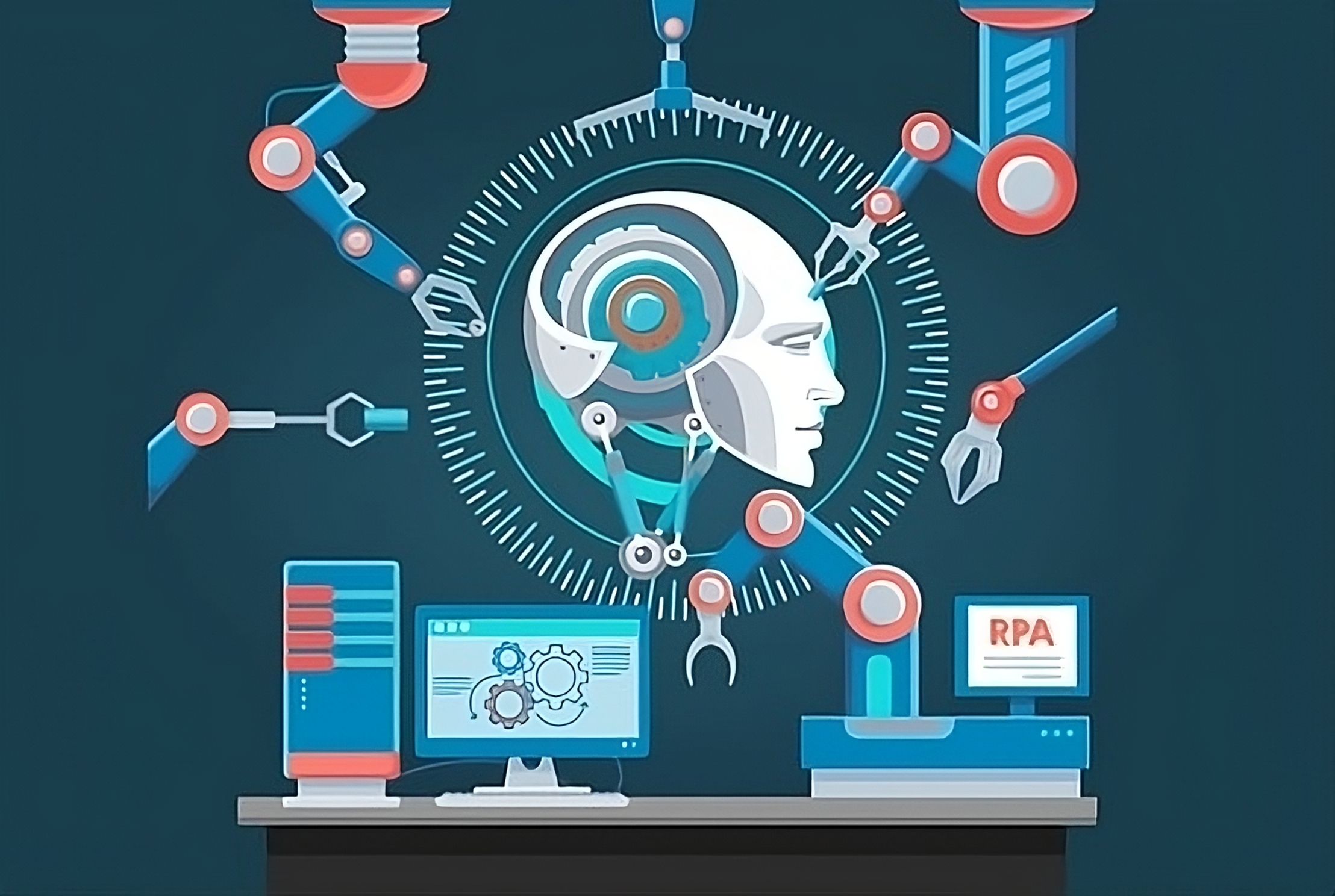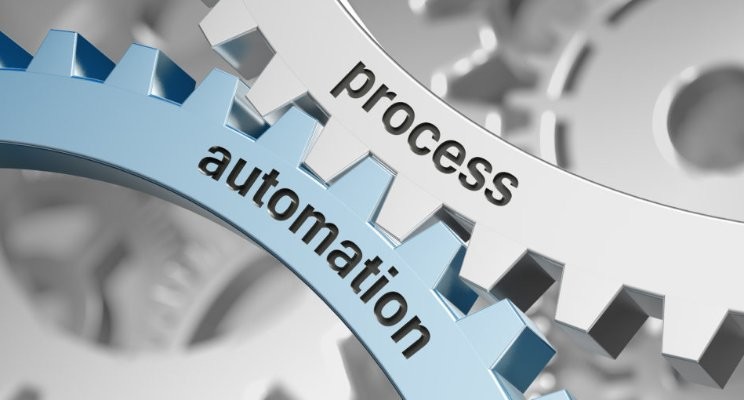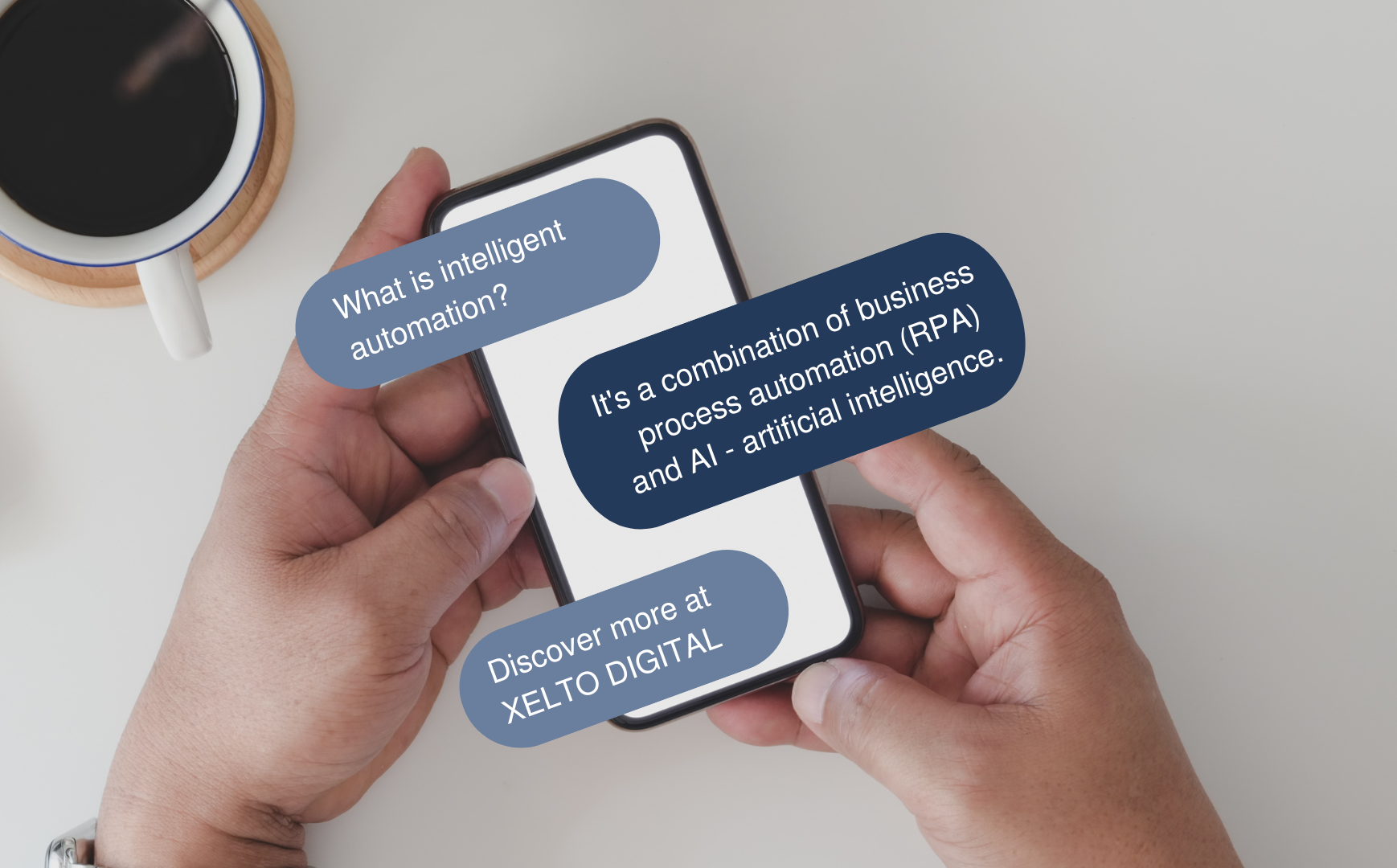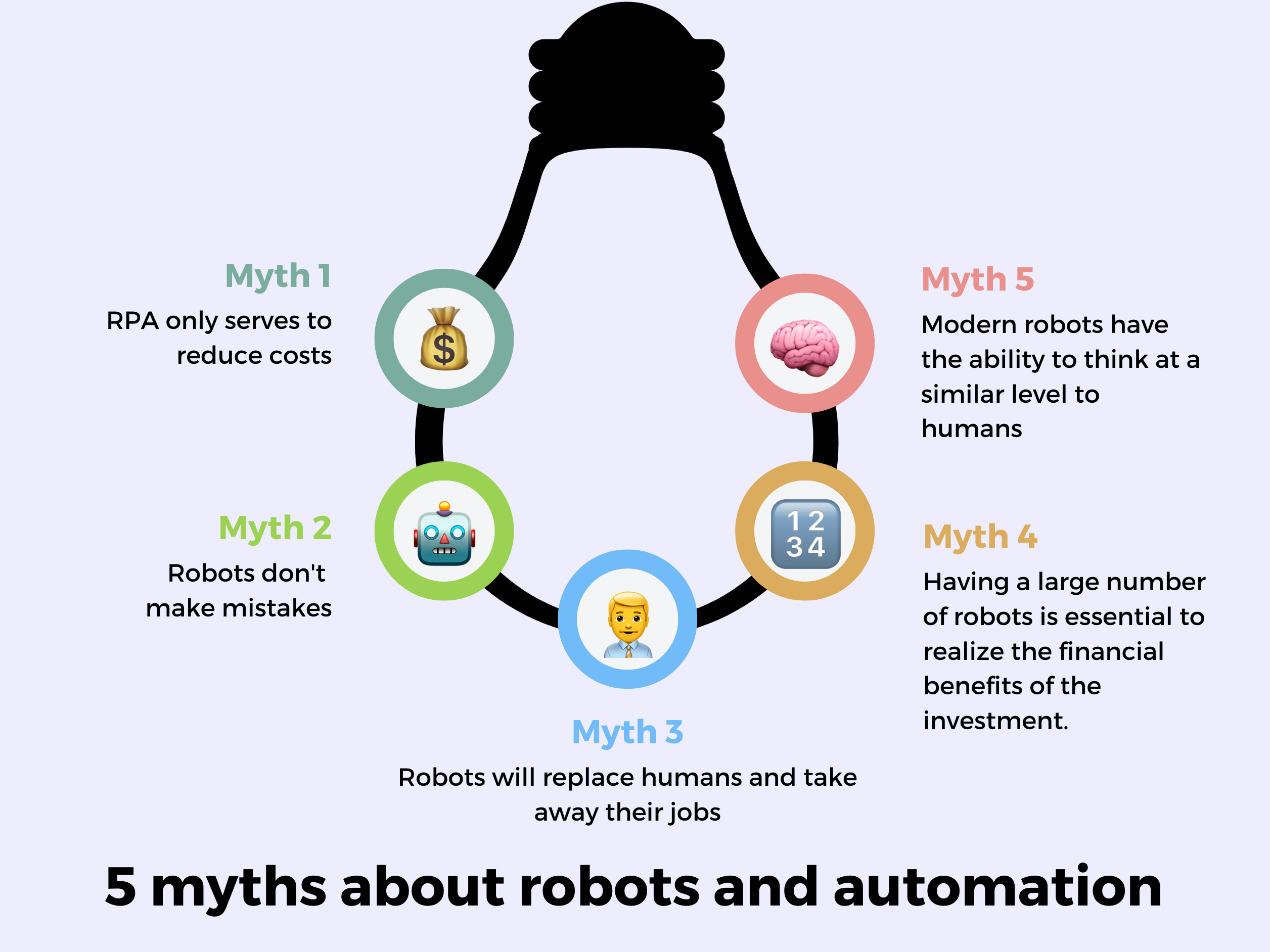
Revolutionizing finance with automation and artificial intelligence
Revolutionizing Finance with Automation and Artificial Intelligence 🤖💰 Automation and artificial intelligence (AI) have transformed the world of B2B business, bringing revolutionary changes to financial operations and payment processes. 🔄💳 Digitization and payment automation enhance the transparency of working capital and financial processes, helping companies meet market challenges. 📊🔍 According to the PYMNTS report, as many as 93% of financial directors have noticed the benefits of automation, such as reducing delays in invoice tracking and preventing fraud. 📈💼 Artificial intelligence not only improves forecasting but also opens up new opportunities for financial directors in running their businesses. 🌐🔮 However, we must not forget about generative artificial intelligence (Gen AI), whose market value is expected to soar to an astronomical sum of $1.3 trillion by 2032! 🚀💹 Gen AI is the key to automating tasks, processing payments, chatbots, recommendation systems, and much more. 🤖🗣️ In conclusion, it is important for companies to thoroughly assess the impact and value of these advanced technologies to ensure maximum benefits and efficiency. 📝🎯 Invest in the future with automation and AI. Contact us and find out how XELTO DIGITAL can assist you! 🚀🤝📈 Author: Joanna Sioła, Digital Sales Specialist









